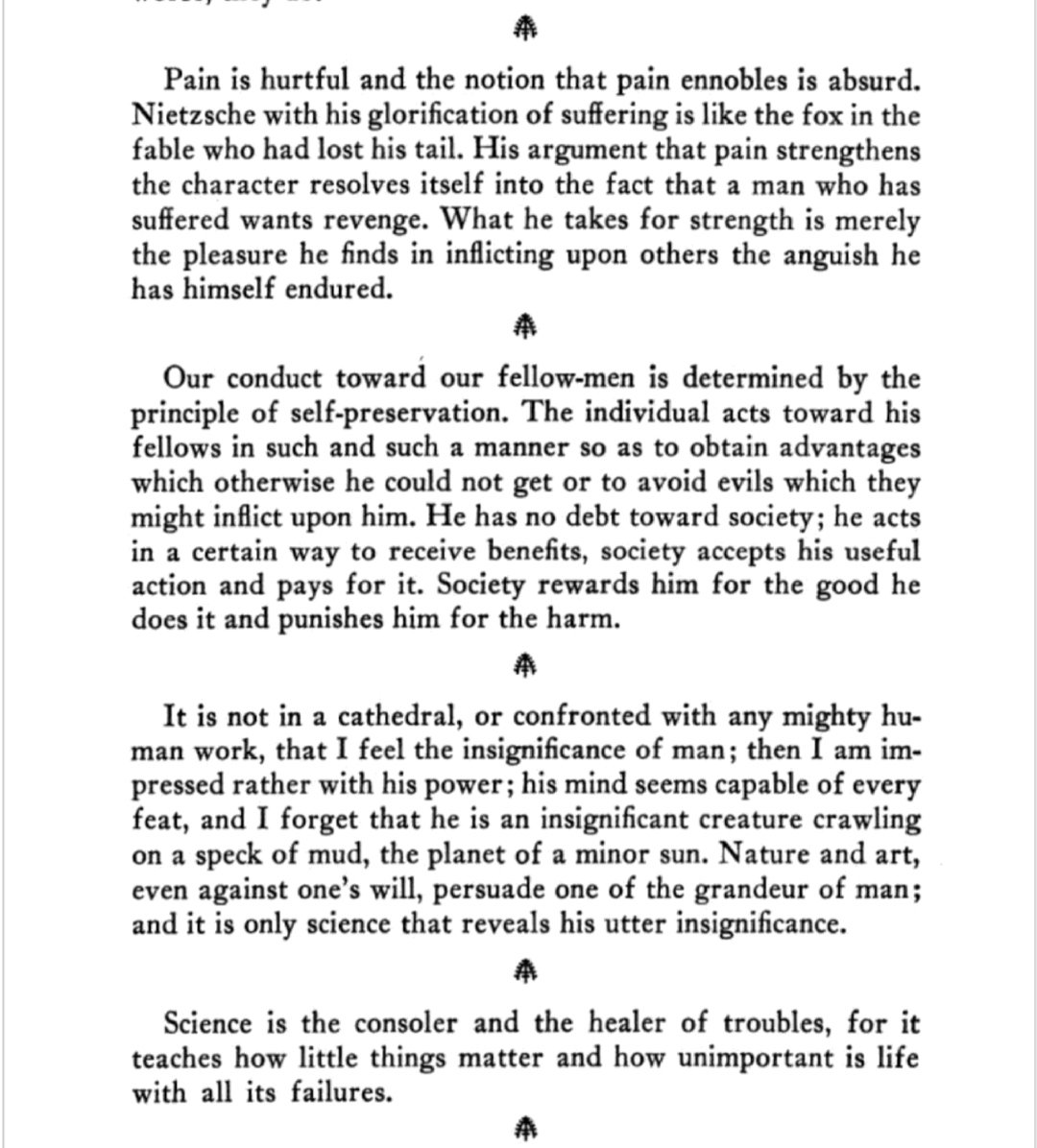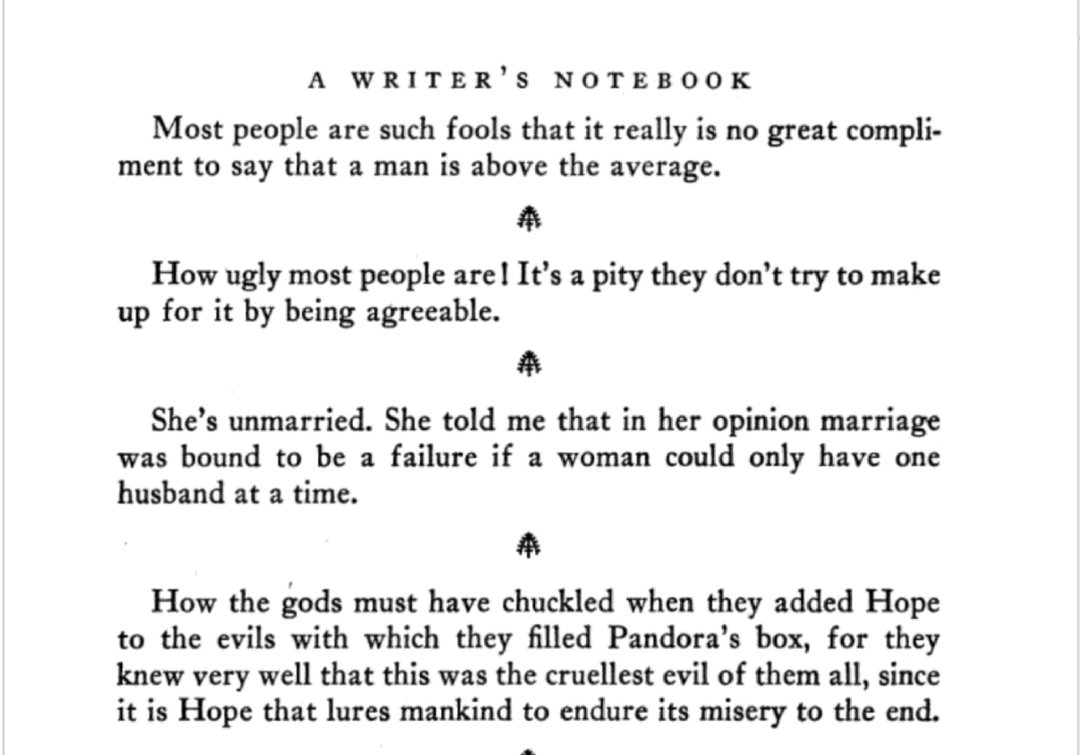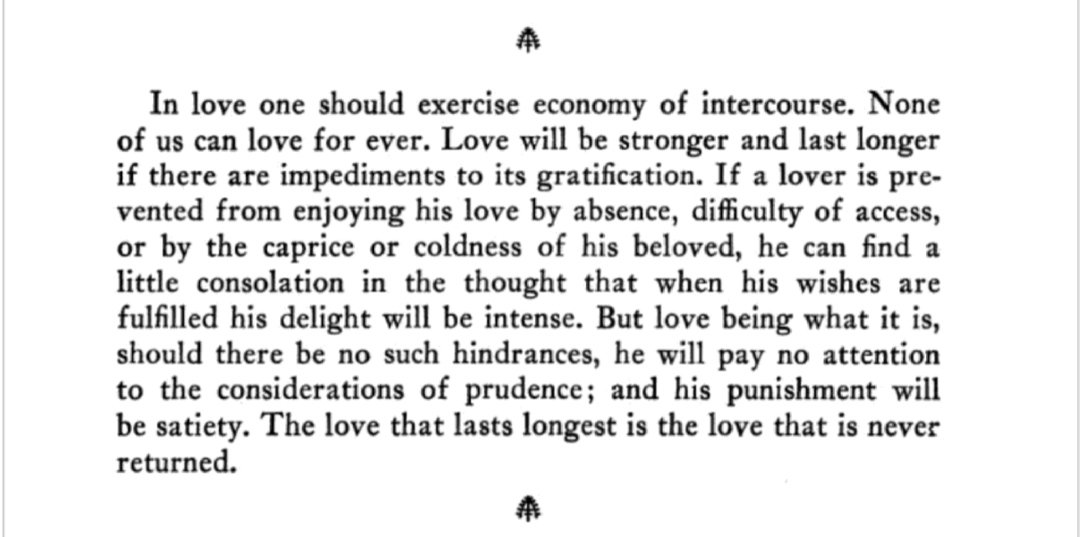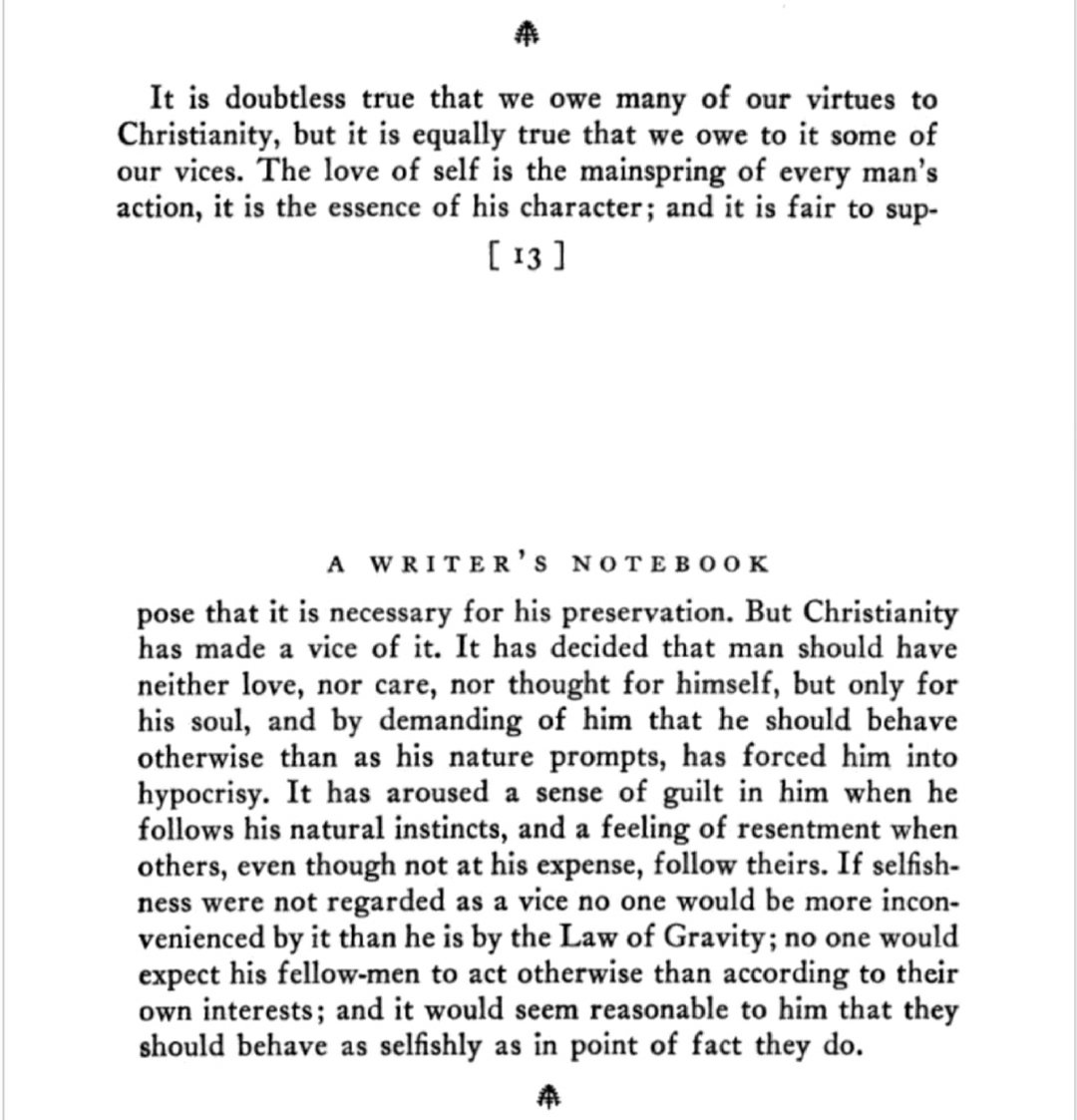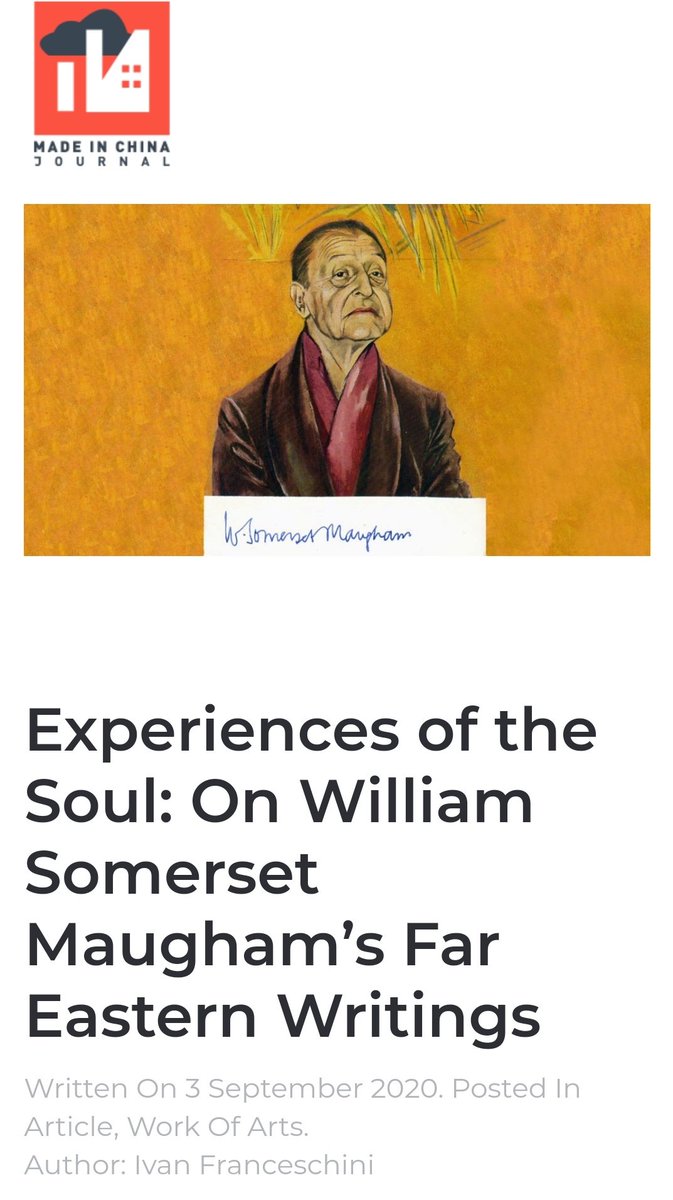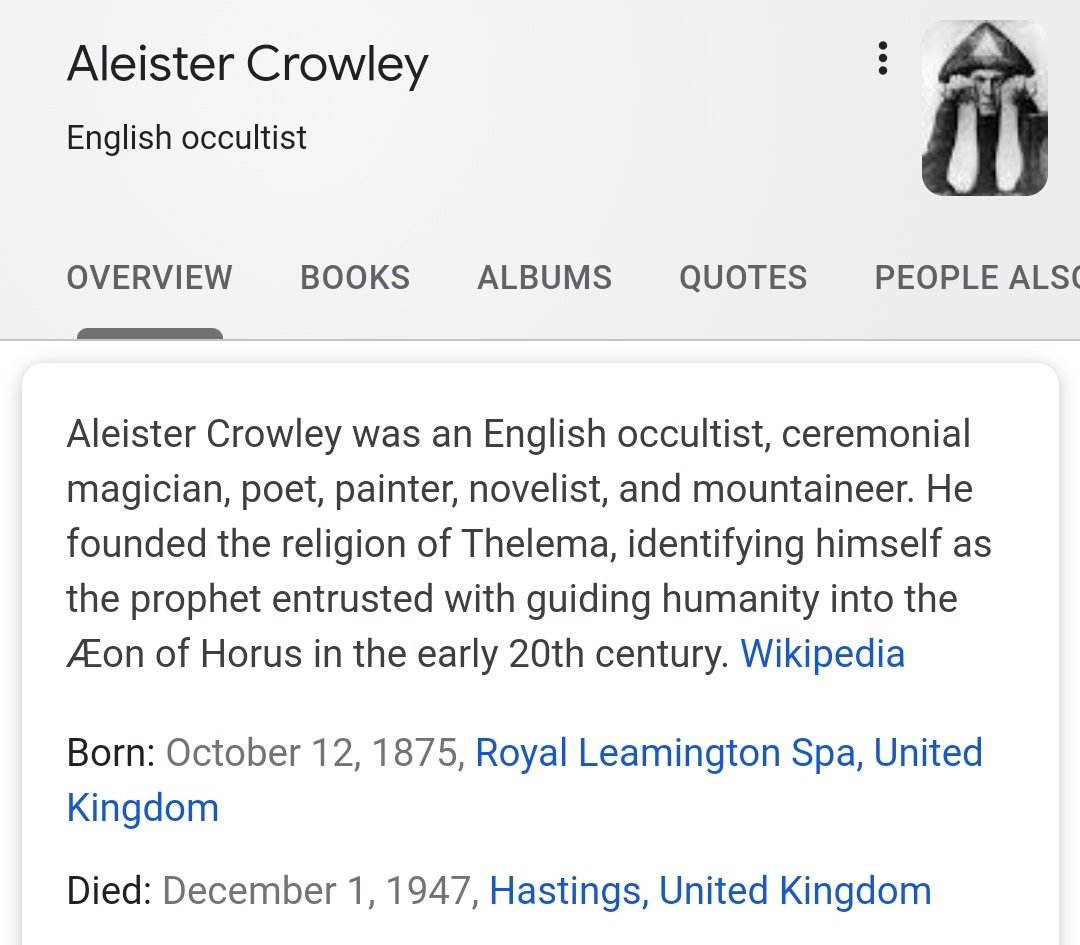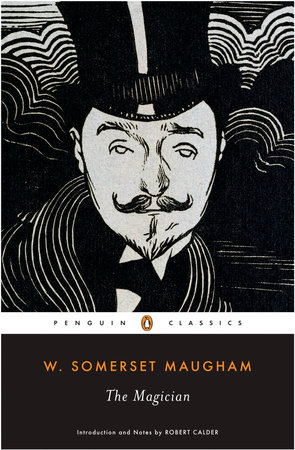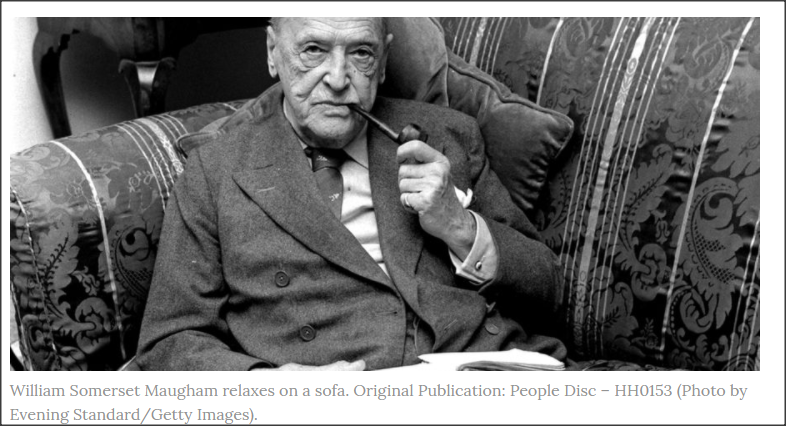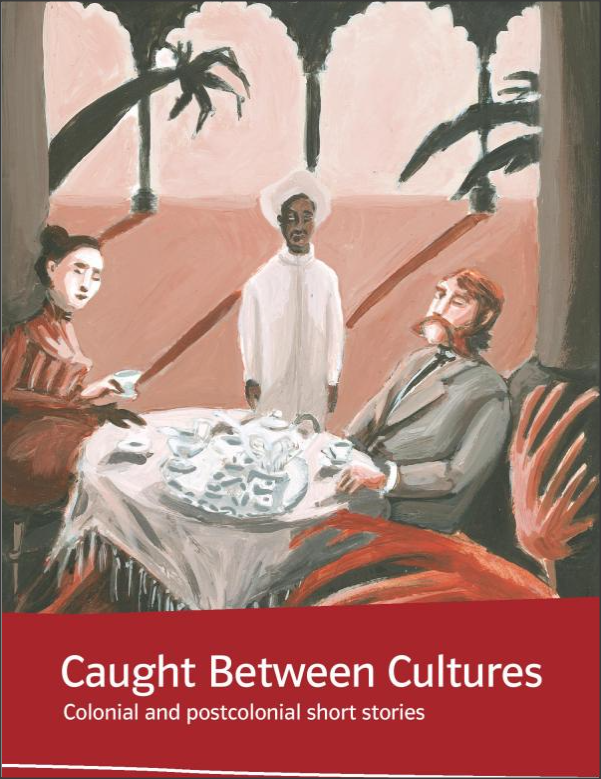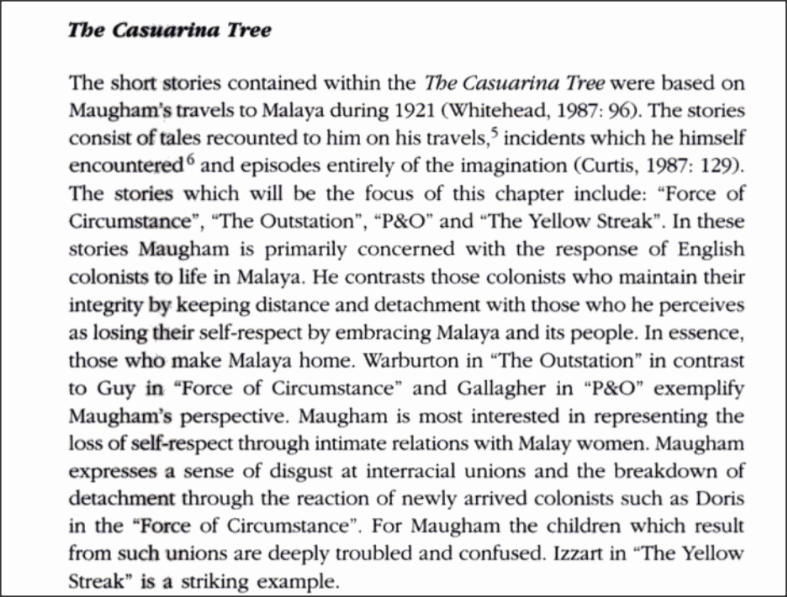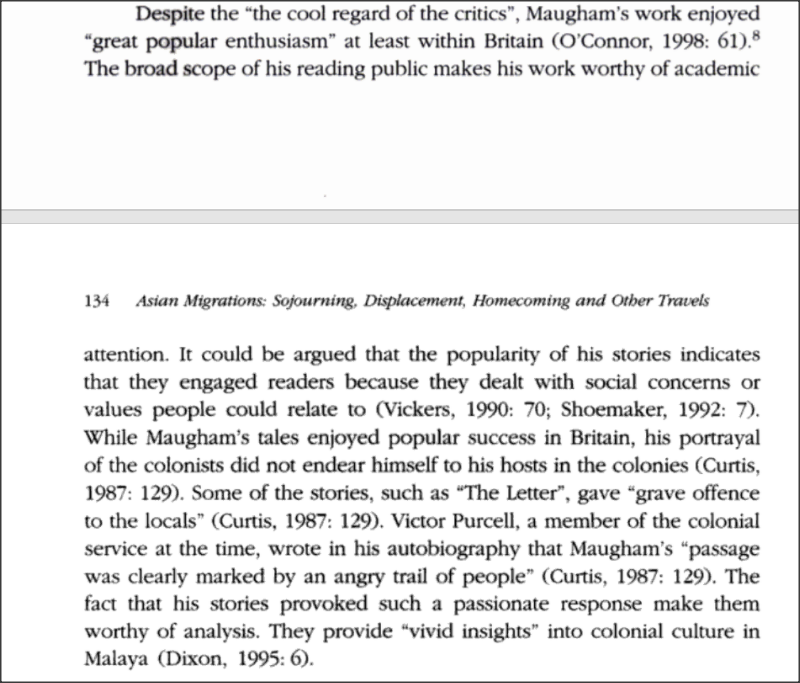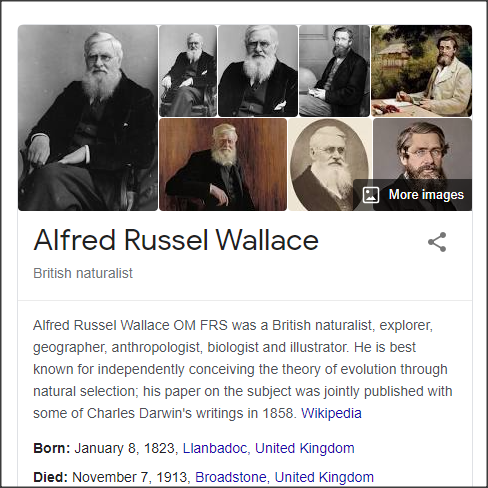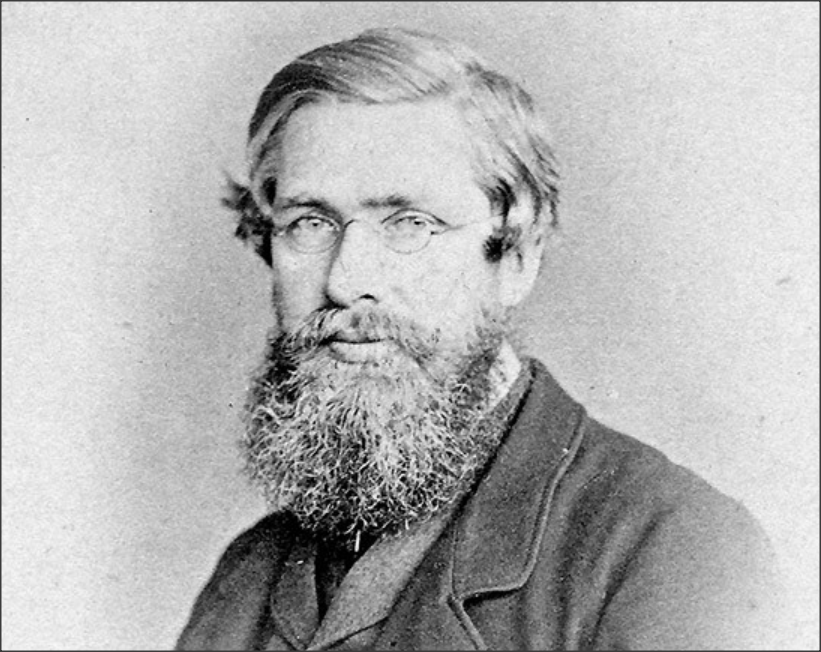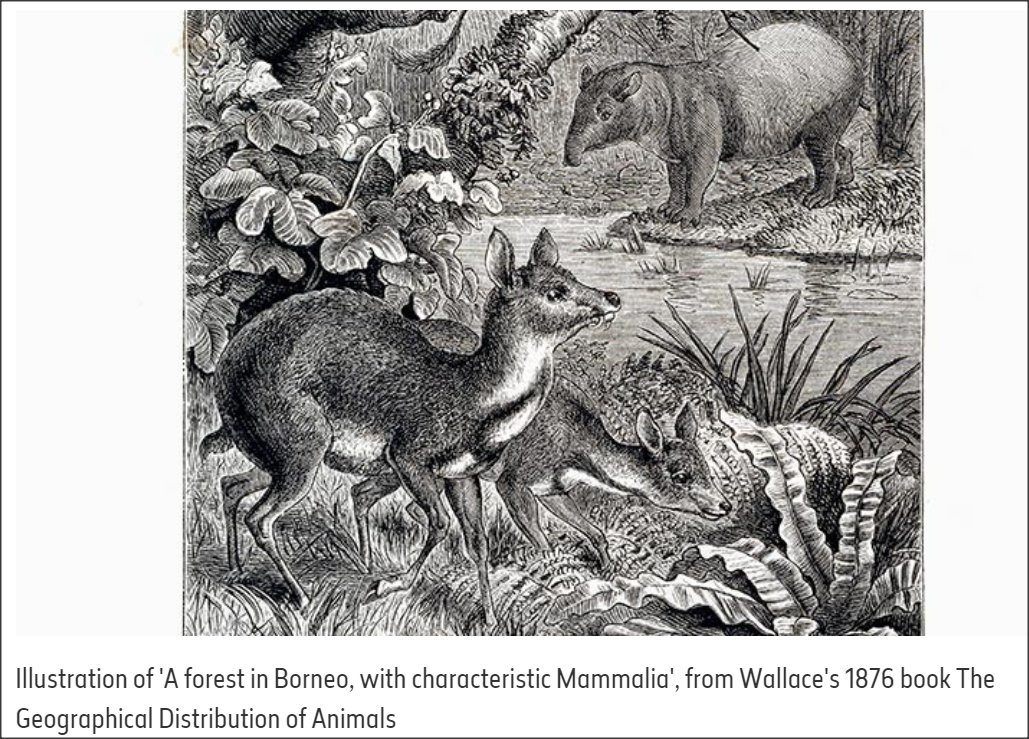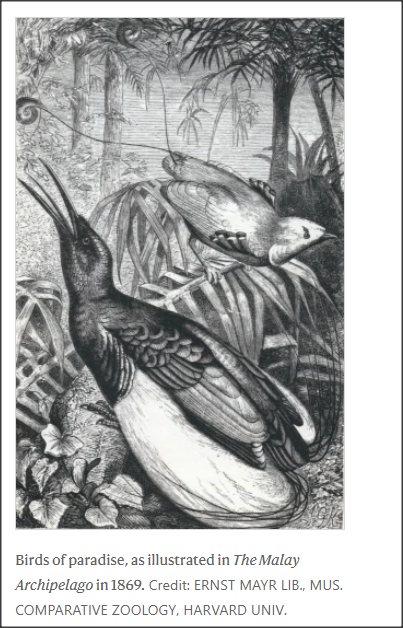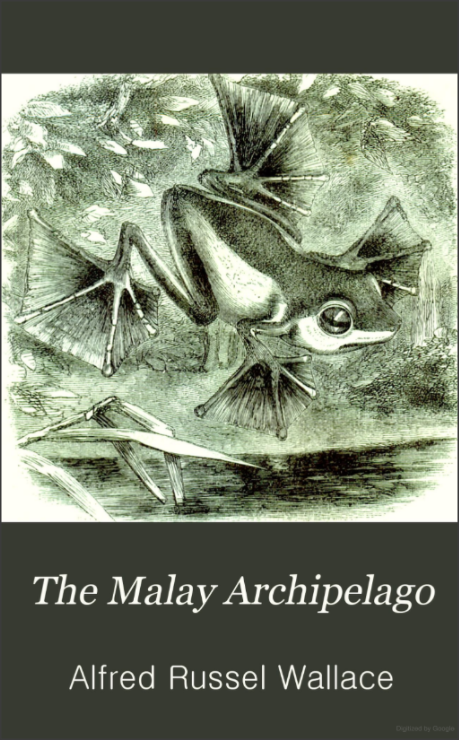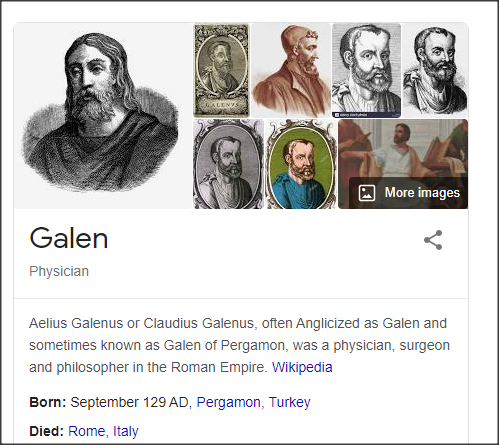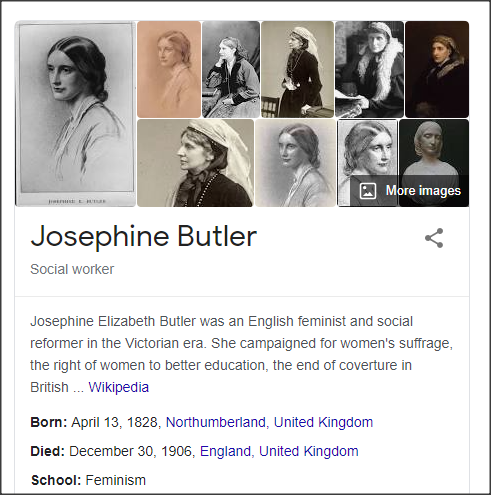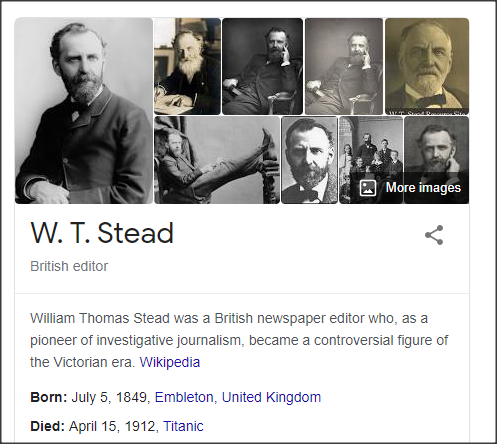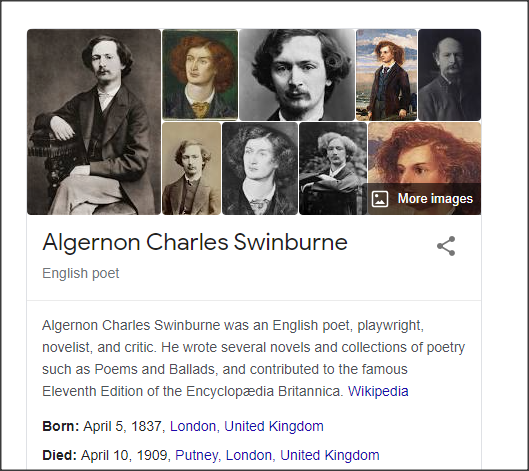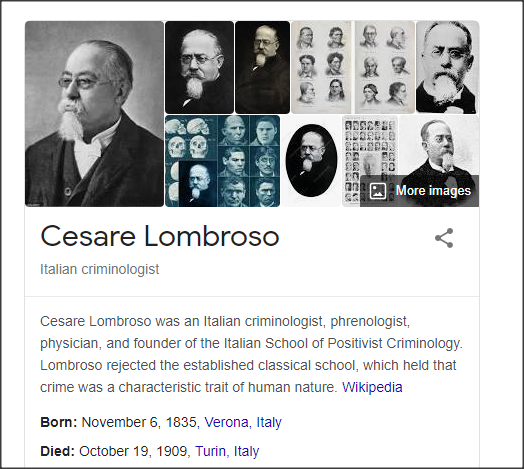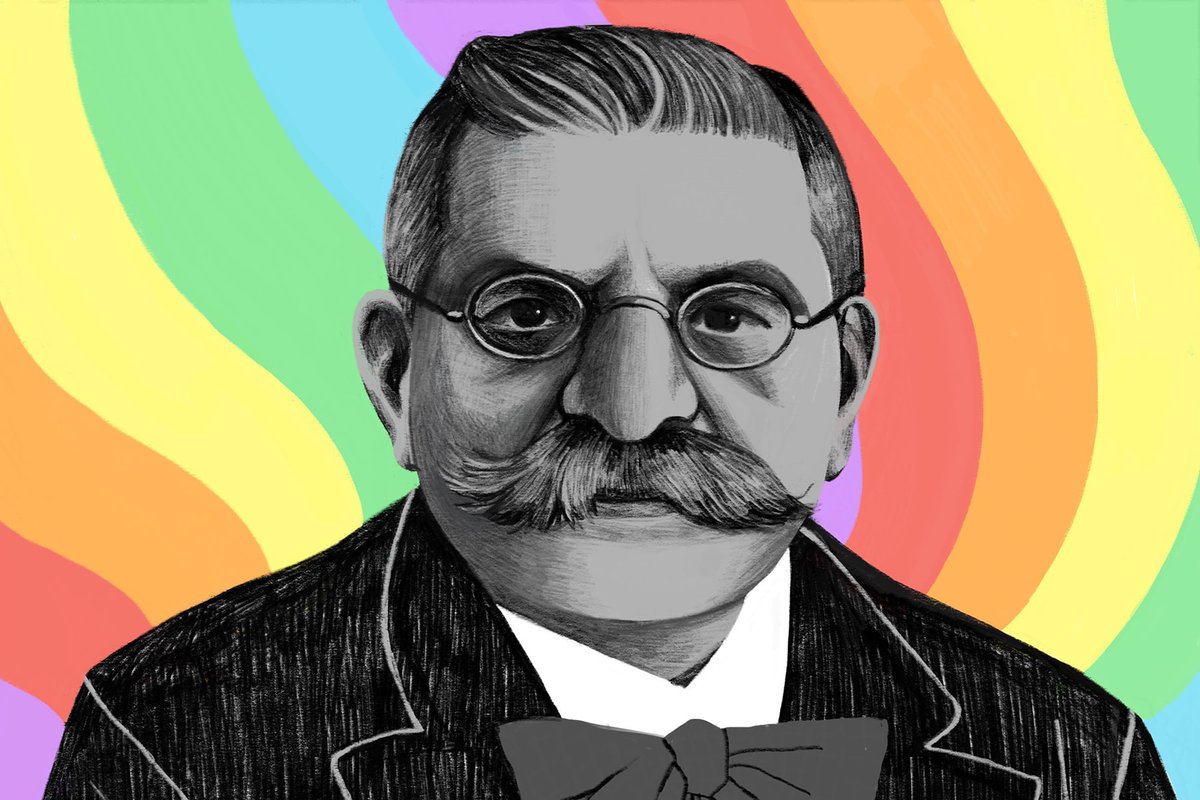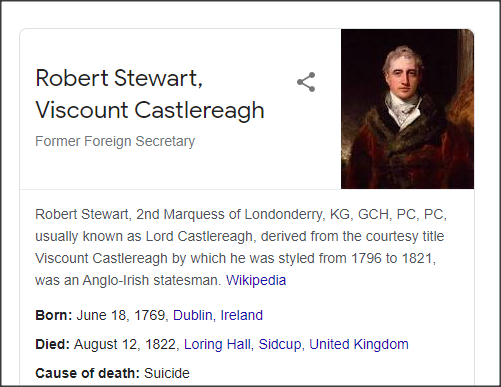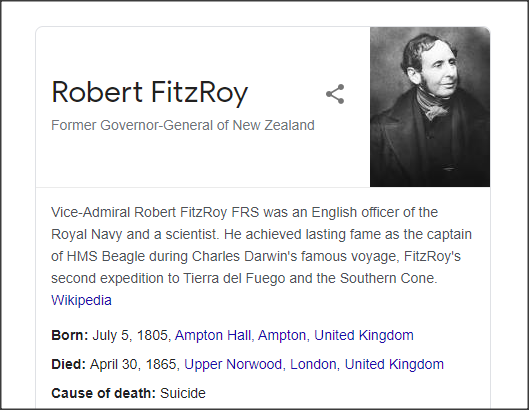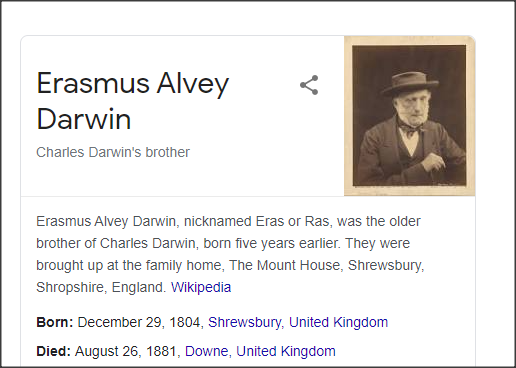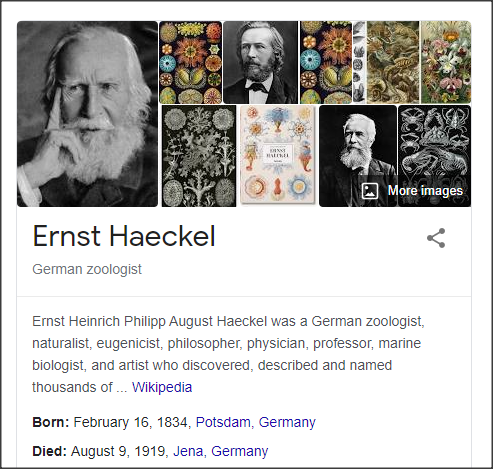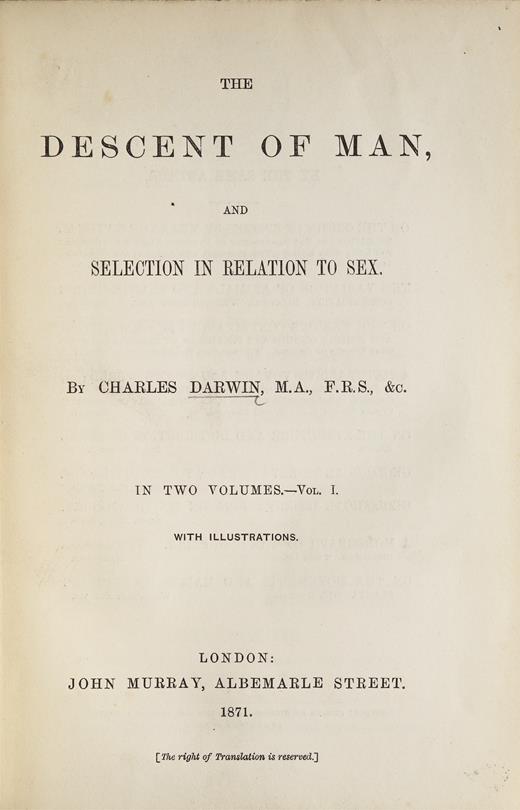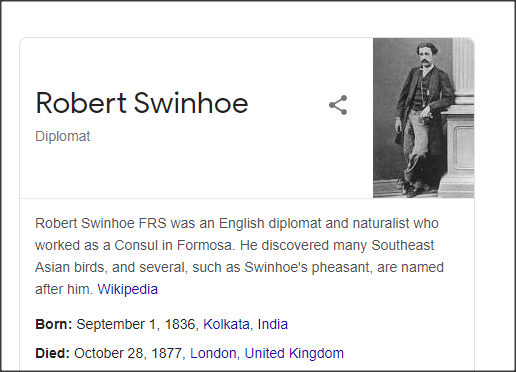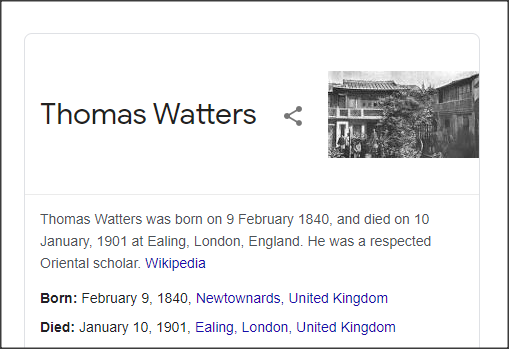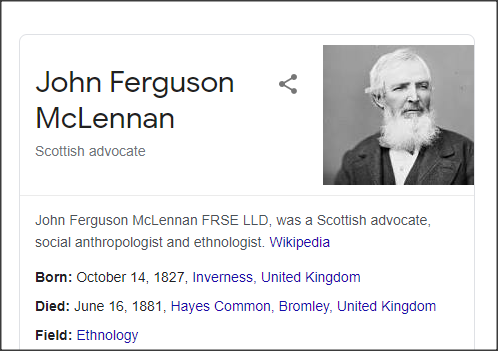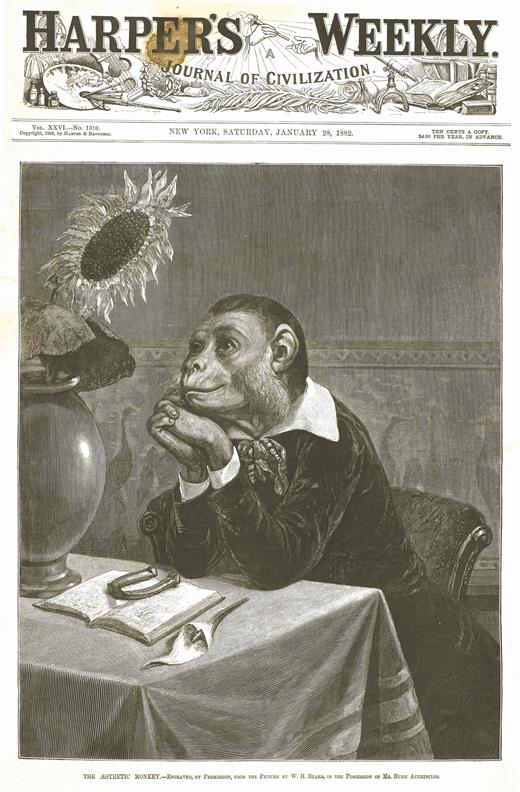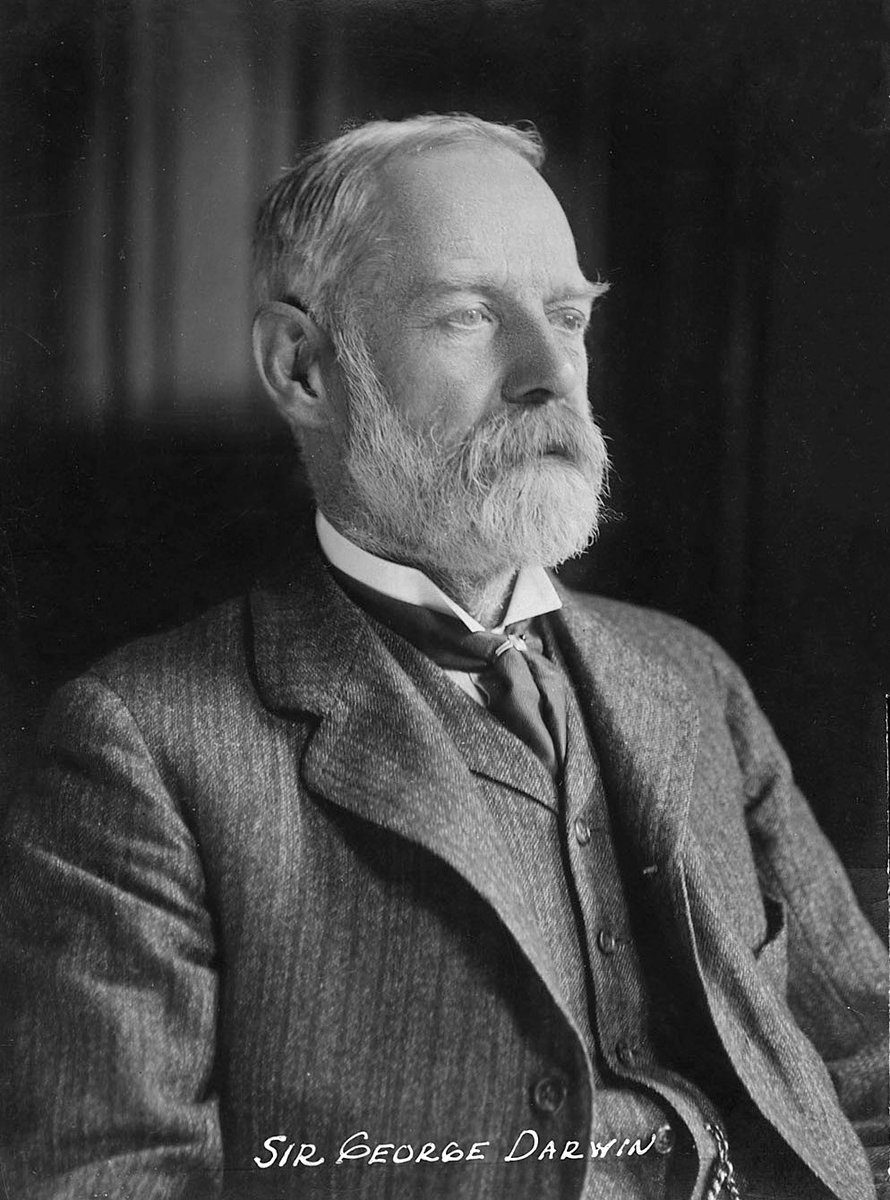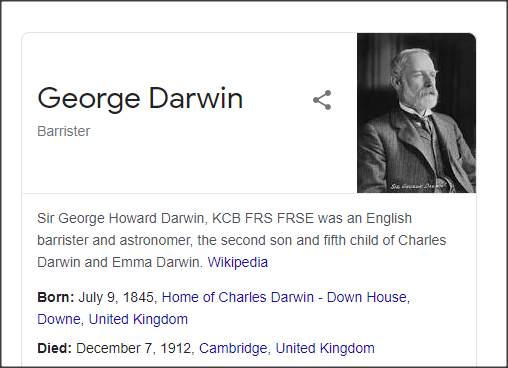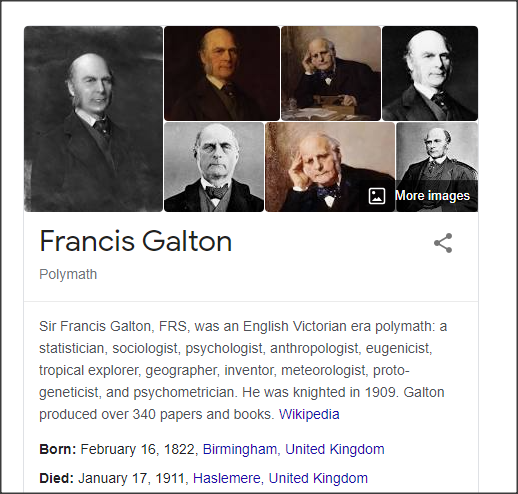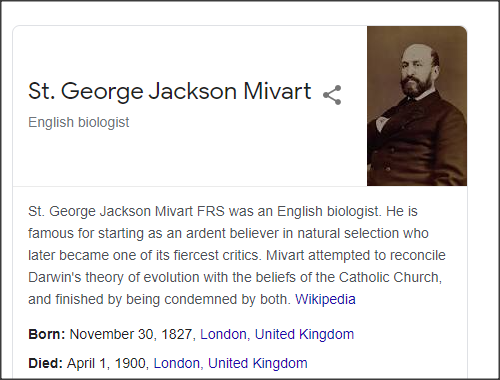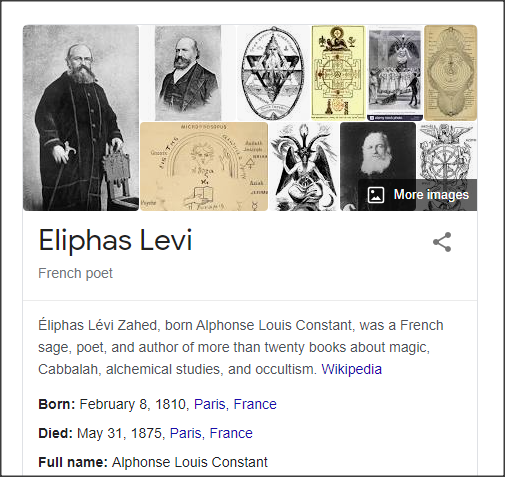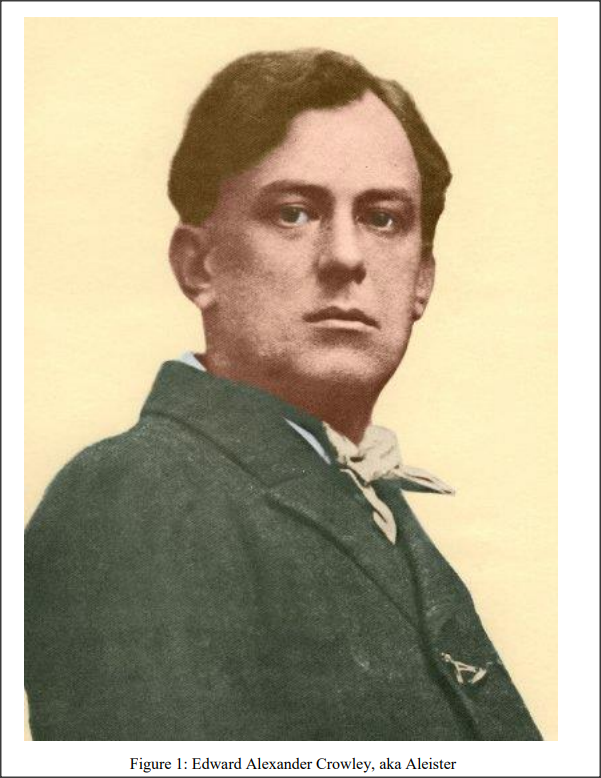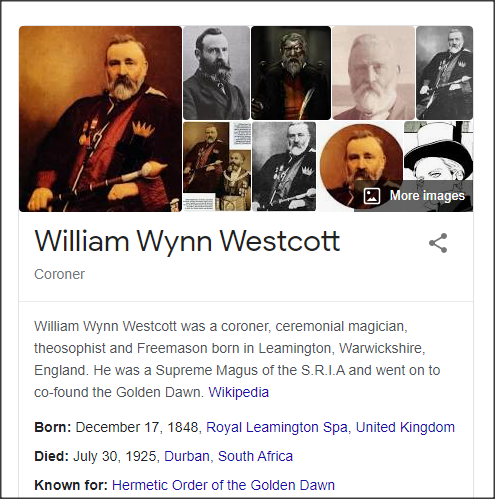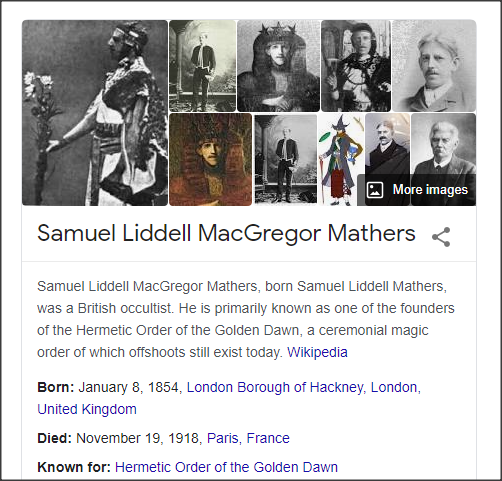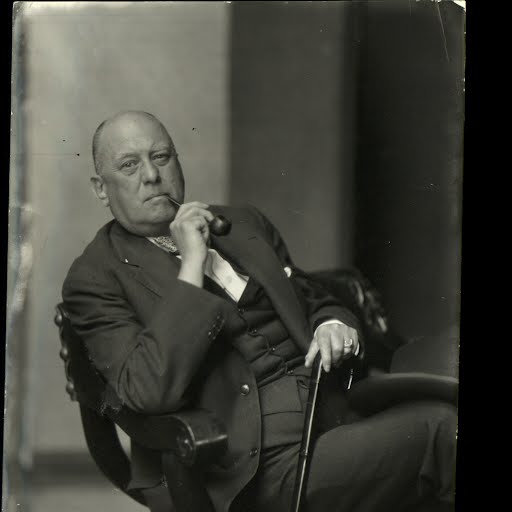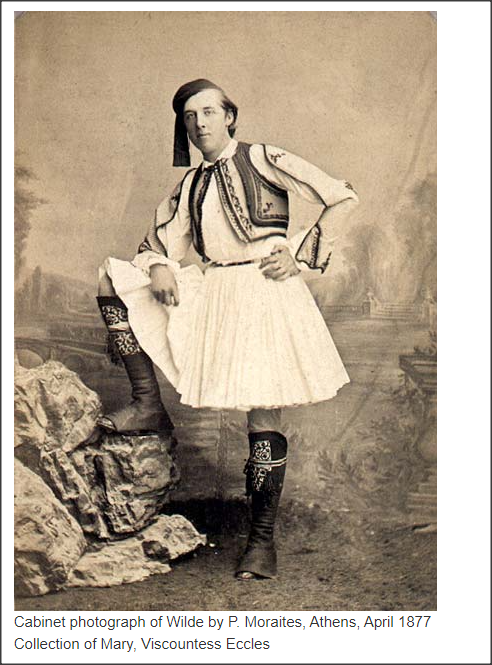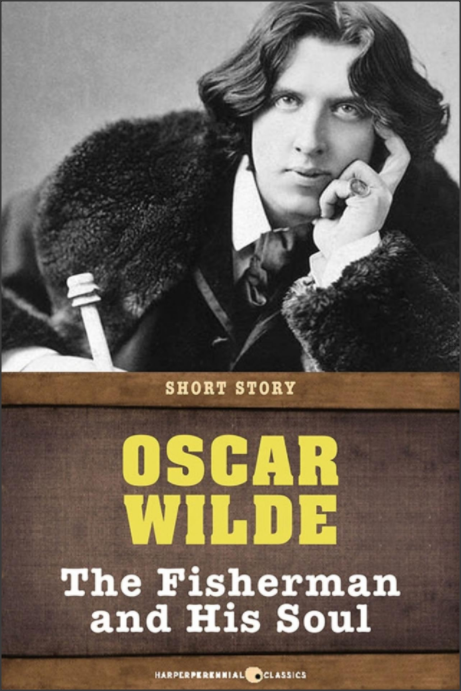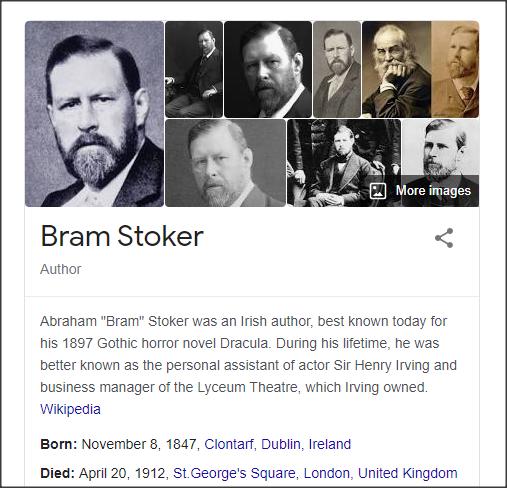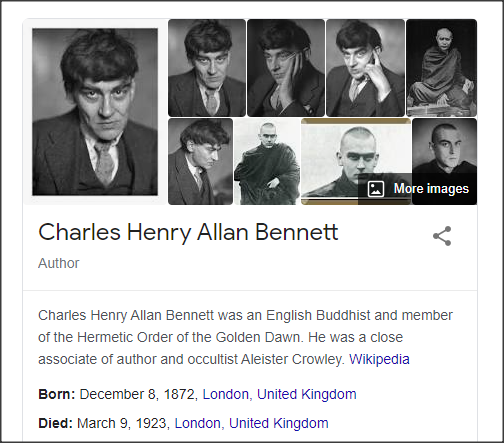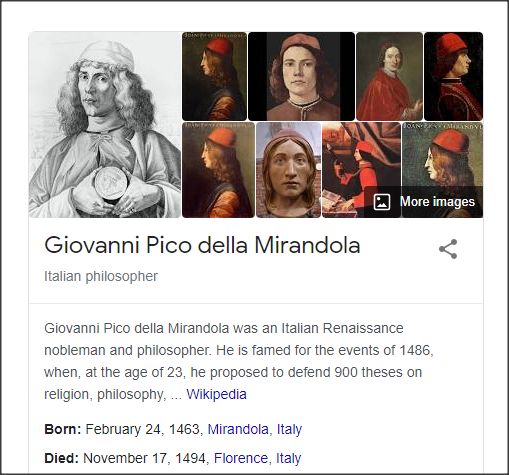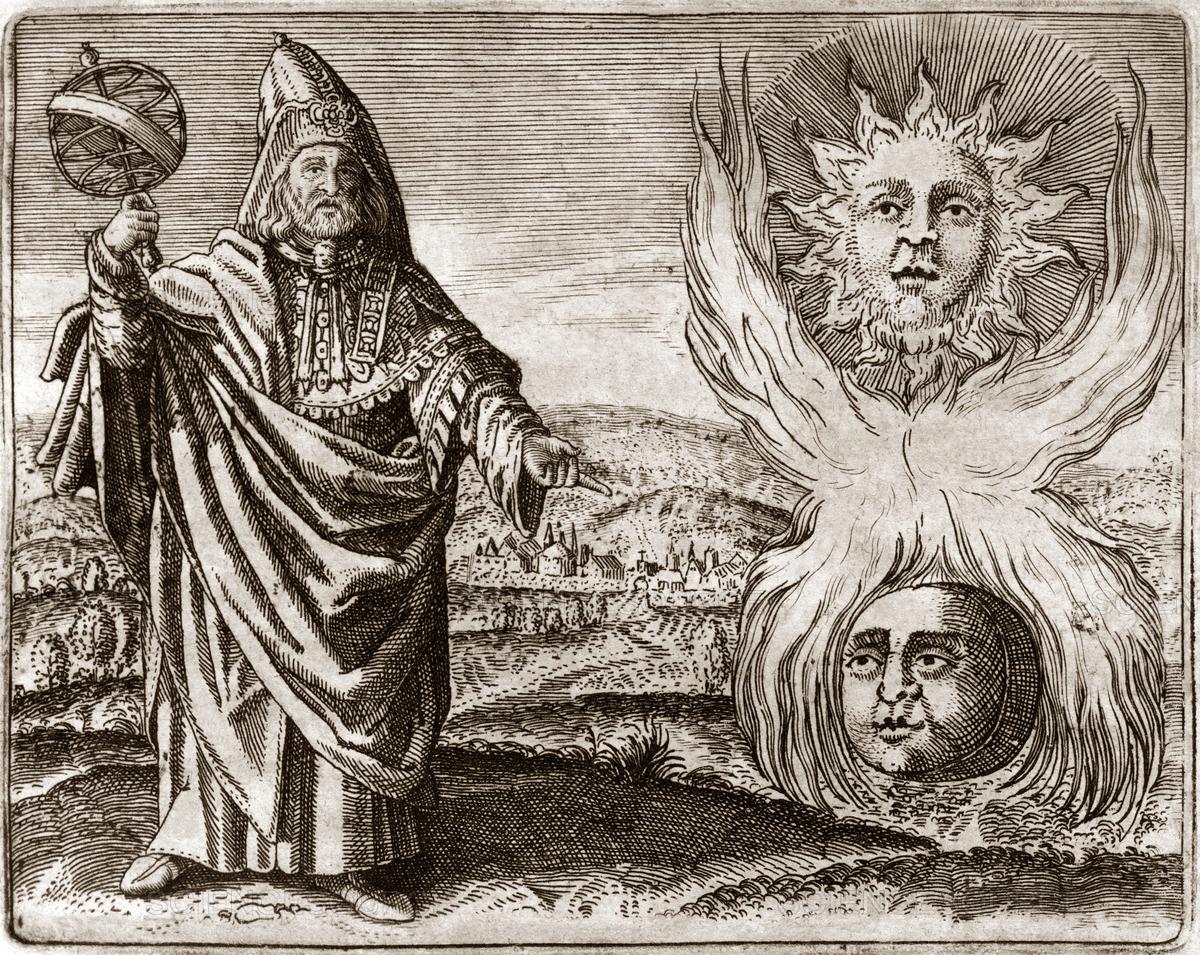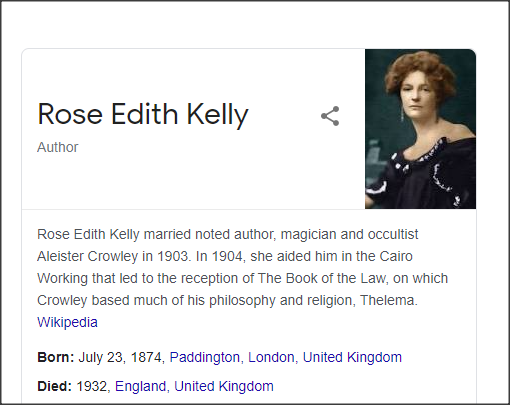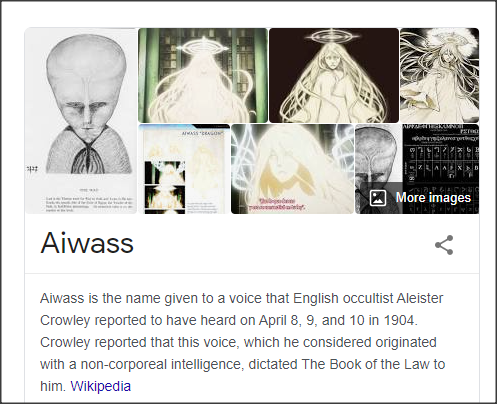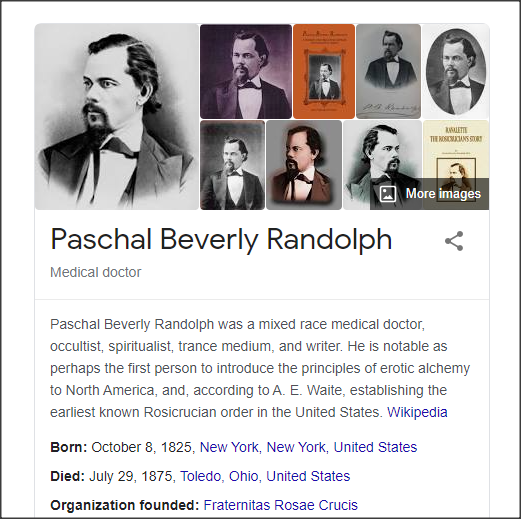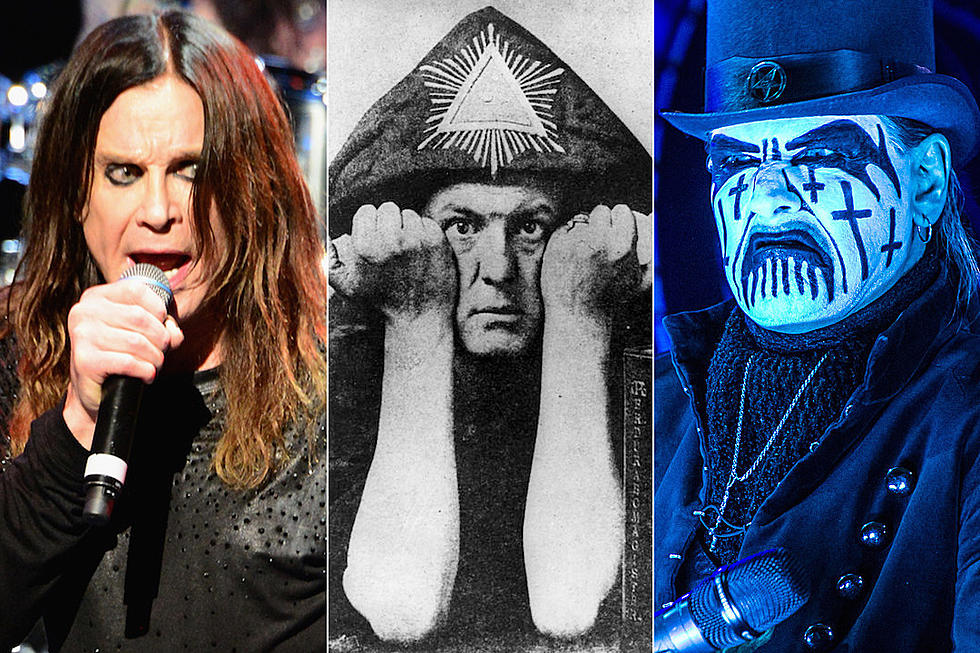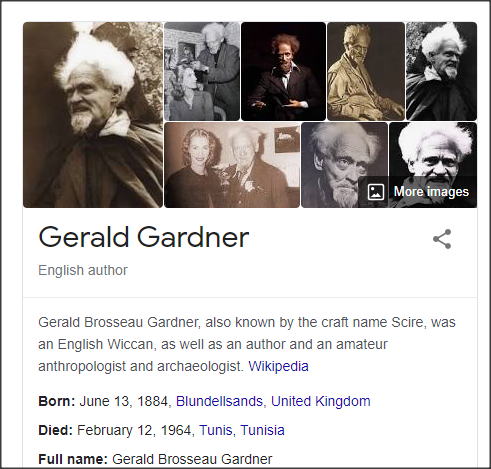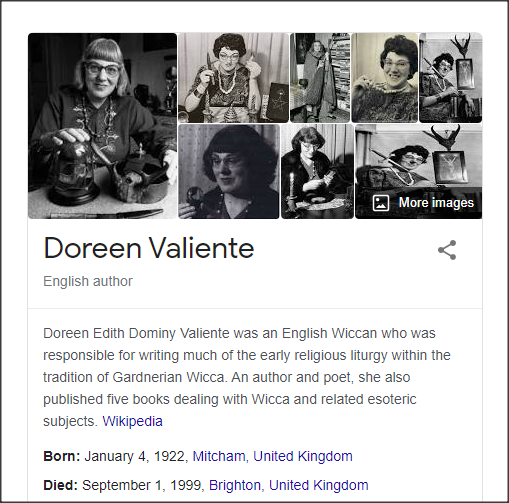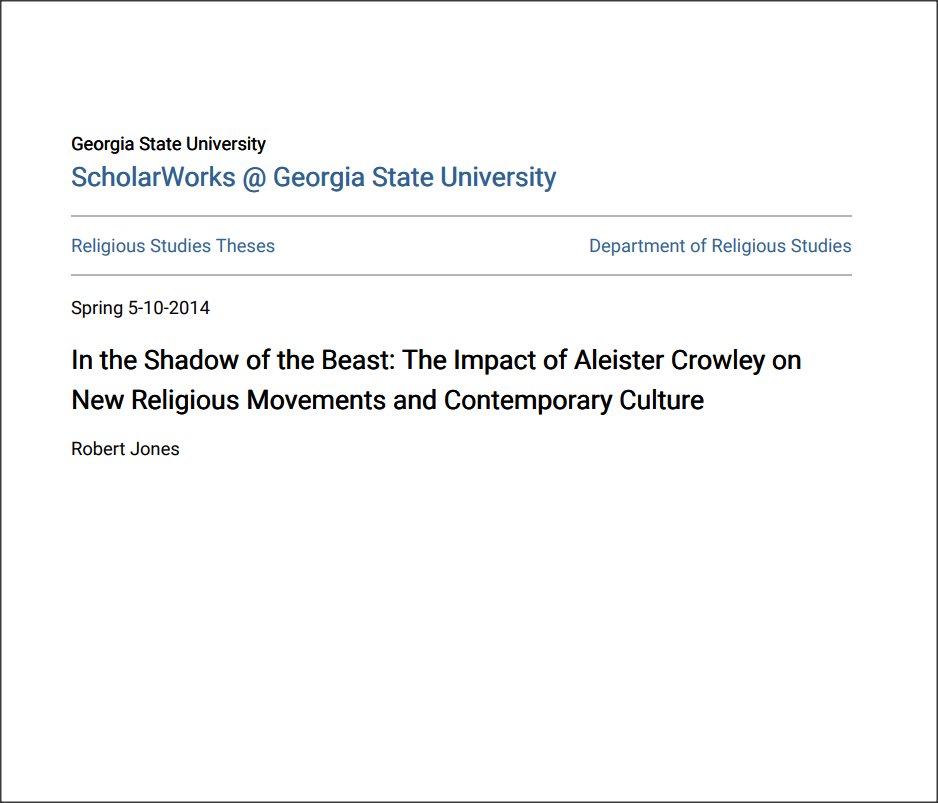While readers loved Maugham's Far Eastern tales and travelogues, opinions among British colonial administrators, settlers, and scholars were more mixed.
https://madeinchinajournal.com/2020/09/03/experiences-of-the-soul-on-william-somerset-maughams-far-eastern-writings/
https://madeinchinajournal.com/2020/09/03/experiences-of-the-soul-on-william-somerset-maughams-far-eastern-writings/
One criticism was that he did not indulge the Orientalist gaze of the public, showing very little interest in the local populations and focussing instead on the inner worlds of the foreigners living in remote outposts of the Empire.
His tales and travelogues did not have an explicit political dimension, quite unlike the writings of George Orwell (1903–50), who was working as a policeman in Burma in the early 1920s, just as Maugham was travelling through the country.
Maugham largely limited himself to the description of the lowly passions of the British side of colonial society — their loneliness, boredom, drunkenness, lust, and madness.
The strongest indictment of Maugham’s writings on the Far East comes from Anthony Burgess (1917–93), who spent five years in the 1950s as a teacher and education officer in the British Colonial Service in British Malaya.
In The Magician, a short novel published in 1908, Maugham experiments with the topic of the supernatural through the eyes of Oliver Haddo, a character based on notorious occultist Aleisteir Crowley.
The opulent, exuberant, and mysterious Oliver Haddo comes to embody the fabled East, which seduces Margaret, an innocent maiden who would otherwise be destined to an ordinary, boring bourgeois life as the wife of a famous surgeon.
In these novels, Maugham presents the East as an exciting alternative for bourgeois characters disgruntled with their life prospects, an idealized Other where they believe they have a chance to find fulfilment.
Maugham chose not to focus on ‘Asiatic’ characters not because he lacked interest. Rather it was an act of humility based on his explicit admission to be unable to portray realistically a personality rooted in a context totally alien to him.
As he wrote in 1951: "I felt that all the depictions that had been made of either Chinese, Indians, or Malays were merely superficial impressions combined with a lot of conventional prejudices."
Maugham’s colonial characters are often drunk and depressed, pathetic and morally bankrupt, which hardly portrays an edifying picture of the British colonial enterprise.
Just like George Orwell incurred the extreme displeasure of members of the British administration in Burma after the publication of Burmese Days, Maugham similarly became persona non grata in Malaya.
Maugham more than anybody else dispelled the myth of the East as a dark and silent jungle, filled with unspeakable threats.
He challenged Orientalist tropes that had asserted themselves through the influence of giants like Rudyard Kipling and Joseph Conrad.
He challenged Orientalist tropes that had asserted themselves through the influence of giants like Rudyard Kipling and Joseph Conrad.
“The Force of Circumstance” (1926) concisely represents the conflicting attitudes to sex and family life among the British colonial employees.
The narrative, which develops around Guy’s relationships with his English wife Doris and an unnamed Malay concubine, reflects a contrast between the attitudes to sex dominant in the imperial ideology and the practice in the colonies.
The fact that his stories provoked such a passionate response makes them even more worthy of analysis.
Alfred Russel Wallace (1823-1913) to the discomfort of many contemporaries, was a spiritualist.
He believed that natural selection could not explain the human intellect, and that the human spirit persisted after death.
He believed that natural selection could not explain the human intellect, and that the human spirit persisted after death.
Wallace is an adventurer who does not present himself as adventurous; he is a Victorian Englishman abroad with all the self-assurance but without the lordly superiority of the colonizer. https://www.theguardian.com/science/2013/jan/11/malay-archipelago-alfred-russel-wallace-review
Wallace is a Victorian who uses the phrases of his time, such as "higher races" and "lower races" and "the savage state" but one senses that he understands these as simply the realities of political and economic power in a colonial world.
The Malay Archipelago was then a great Milky Way of land masses and seas and straits, little explored by Europeans, sparsely populated by peoples of diverse cultures, and harboring countless species of unknown plant and animal in dense tropical forests.
Wallace travelled continuously among the islands for eight years (until 1862), and his mishaps, his hardships, his long weeks of illness and loneliness, his near-death scrapes, as well as his collecting and observing, are recounted in this vivid, encompassing book.
Varying sexual cultures inspired European ethnographical research, relativized sexual certainties and incited both fantasies and moral concern.
Eroticized images appeared in art, and affective relationships between Europeans and non-Europeans featured in literary works.
Eroticized images appeared in art, and affective relationships between Europeans and non-Europeans featured in literary works.
The conquest of overseas territories by European and other expanding powers also led to the imposition of Western law codes regulating sexuality, including same-sex relations, gender norms, and marriage.
In the Dutch East Indies, the taking of local women as concubines was the preferred means of satisfying the needs of European men that was also meant to reduce the incidence of homosexual relationships.
In British India, the colonial authorities tended to prefer prostitution.
In British India, the colonial authorities tended to prefer prostitution.
For Michel Foucault (1926-1984), homosexuality is not merely a minority issue but rather central to Western European concepts of self.
Authorities often feared that female sexual desires would become uncontrollable, endangering the sanctity of marriage and the social order in general.
Sociologists writing about ‘sexual scripts’ bolstered this insight by suggesting that people learn how to be heterosexual through the social messages of education and popular culture.
In the pre-modern period, it was popularly thought that female genitals were just like those of males, but turned inside out.
This idea derived from the ancient Greek scientist Galen.
This idea derived from the ancient Greek scientist Galen.
Victorians had long been thought of as embodying sexual repression.
However, some historians believed this was a myth that they needed to refute.
However, some historians believed this was a myth that they needed to refute.
Foucault’s argument that sexual discourses must be understood as a form of socially constructed knowledge has been very fruitful.
Foucault was also interested in ‘governmentality’: how institutional discourses studied, managed and regulated populations by creating identities such as the prostitute.
In France, church and state united with propertied patriarchs to ensure that well-born young women did not run off with unsuitable husbands or fall pregnant before marriage.
Both legitimate and illegitimate fertility increased dramatically from 1750 to 1850 in many parts of Europe.
The population grew because more people were marrying, and more people were having sex outside of marriage.
The population grew because more people were marrying, and more people were having sex outside of marriage.
The religious insistence on the sinfulness of desire contrasted with the prevalent popular attitude that female sexual pleasure was vigorous and necessary.
Among the elite, men openly took mistresses and frequented courtesans.
Aristocratic women might take lovers once they had provided their husbands with a male heir, but the double standard mandated much greater discretion and risk.
Aristocratic women might take lovers once they had provided their husbands with a male heir, but the double standard mandated much greater discretion and risk.
The French revolutionaries declared that they would free women from the despotism of husbands and fathers and from the tyranny of arranged marriages, for instance, by allowing divorce.
In France, the Civil Code of 1811 reversed the revolutionary legitimation of divorce and imposed extremely harsh penalties on women who violated the sexual double standard.
Among working people, rates of premarital pregnancy were very high, ranging from 30% to 50% in parts of rural England, Sweden, Vienna and the Netherlands.
Illegitimacy rates increased at about the same rate as marital fertility.
Illegitimacy rates increased at about the same rate as marital fertility.
Illegitimacy rates were high among domestic servants, the most traditional female occupation, and generally lower among factory girls, who had more social support and slightly higher wages.
The birth of an illegitimate child or marriage at a young age did not signal women’s liberation.
Unmarried motherhood was very onerous, and low female wages forced women to marry young.
Unmarried motherhood was very onerous, and low female wages forced women to marry young.
In proper French society, bourgeois women were supposed to appear very modest, with downcast eyes, and girls were not supposed to know anything about sex.
In England, "respectable women were expected to control their sexual feelings".
In England, "respectable women were expected to control their sexual feelings".
By the late 19th century, many British working-class women were so ignorant of sex they did not know where the baby would come out, even when they were pregnant.
In Britain, women passed as men in search of adventure, better pay and safety in traveling.
Newspapers frequently gave short accounts of these women, and popular songs and pamphlets also celebrated their exploits.
Newspapers frequently gave short accounts of these women, and popular songs and pamphlets also celebrated their exploits.
The concept of lesbianism did not overtly appear in early 19th-century working-class British culture.
Prostitutes sometimes insulted masculine women as hermaphrodites, or ‘moffrydites’ but the term ‘lesbian’ was not used until later in the century.
Prostitutes sometimes insulted masculine women as hermaphrodites, or ‘moffrydites’ but the term ‘lesbian’ was not used until later in the century.
Female wages were too low for survival.
Many women who sold sex, occasionally or full time, could not be identified easily as prostitutes; they occupied discreet rooms and worked at other jobs.
Many women who sold sex, occasionally or full time, could not be identified easily as prostitutes; they occupied discreet rooms and worked at other jobs.
Authorities tried to develop new institutions and regulations to deal with prostitution.
They believed that by controlling prostitution, they could regulate the ‘dangerous’ classes, the working people who seemed so prone to revolutionary riots and strikes.
They believed that by controlling prostitution, they could regulate the ‘dangerous’ classes, the working people who seemed so prone to revolutionary riots and strikes.
Although the British had long resisted the regulatory system, colonial authorities first introduced it in 1857 to Hong Kong, and in 1864 the state established a system of registration and forcible treatment in garrison and port towns in England.
In Britain, Josephine Butler spearheaded the Ladies National Association against the Contagious Diseases Acts.
Many of its adherents were originally motivated by religious horror at state sanctioning of prostitution.
Many of its adherents were originally motivated by religious horror at state sanctioning of prostitution.
In Germany, socialists believed that the system allowed soldiers to exploit working-class women.
Evangelical Protestants supported the state, but they viewed prostitution as a symptom of social disorder and immorality.
Evangelical Protestants supported the state, but they viewed prostitution as a symptom of social disorder and immorality.
In 1885, the white-slave scandal burst onto the British scene when journalist W. T. Stead alleged that he had been able to purchase a 13-year-old virgin for 10 pounds.
Stead's so-called "New Journalism" was not welcomed by London traditionalists.
The poet Algernon Swinburne hated it so much that he dubbed the Pall Mall the "Dunghill Gazette".
The poet Algernon Swinburne hated it so much that he dubbed the Pall Mall the "Dunghill Gazette".
Gladstone’s second ministry and Stead’s tenure as editor of the PMG witnessed a number of imperial crises that contributed to an important turn in British imperial language and ideology.
The social-purity movement also strongly influenced the strand of the later suffragette movement that blamed male sexual desire for the ills of women.
Annie Besant and Charles Bradlaugh were put on trial for obscenity in 1877 for distributing birth-control tracts and were sentenced to two months in prison.
For many radicals from the 1890s onwards, overthrowing Victorian sexual repression seemed to be a marker of the new modern way of thinking, but until after the First World War, they remained an avant-garde fighting against a hostile culture.
Continental thinkers such as Cesare Lombroso were more likely than their English counterparts to believe that sexual perversions were embedded in the female body.
French thinkers feared the ‘New Women’ who appeared around the fin-de-siècle, asserting their right to a public life and private pleasure.
While eugenics is now closely associated with the Nazi regime, until the 1930s eugenicist thinking was common not only among conservative racists but also among many socialists, liberals and even feminists.
In Germany and Britain, eugenicists feared that the ‘unfit’, i.e. the poor and the working class, would reproduce too much, swamping the ‘fit’ middle classes.
In the Dutch colonies, authorities had tolerated concubinage for centuries, because they believed that white men needed a sexual outlet, but did not want the presence of white women to interfere with the colonial mission.
The resulting mixed-race population undermined theories of racial difference and superiority.
Around 1900, colonial authorities began to ban concubinage and encouraged white women to settle in Indonesia and marry white men.
Around 1900, colonial authorities began to ban concubinage and encouraged white women to settle in Indonesia and marry white men.
The Orient became associated with deviance and sexual licentiousness, the Occident with nominally normative and procreative sexuality.
For Maugham's male protagonists, the East becomes a masculinizing space.
For Maugham's male protagonists, the East becomes a masculinizing space.
One of Wallace’s trusted assistants was Ali, a Malay teenager from Sarawak, Borneo. Wallace described Ali, about 15 year old, as “attentive and clean, and could cook very well”. https://theconversation.com/i-am-ali-wallace-the-malay-assistant-of-alfred-russel-wallace-an-excerpt-85738
Not every person Wallace hired to shoot birds, to cook, to paddle a boat, to bring him animals or work as porters, guides or translators was recorded. https://theconversation.com/how-many-people-helped-alfred-russel-wallace-105349
The veritable army of people who assisted Wallace in so many ways during his voyage is testament to his ability to interact successfully with people of many different cultures. It also testifies to his amiability and ability to evoke sympathy.
Ask most folks who came up with the theory of evolution, and they'll tell you it was Charles Darwin.
In fact, Alfred Russel Wallace was a co-discoverer of the theory — though Darwin has gotten most of the credit. https://www.npr.org/2013/04/30/177781424/he-helped-discover-evolution-and-then-became-extinct
In fact, Alfred Russel Wallace was a co-discoverer of the theory — though Darwin has gotten most of the credit. https://www.npr.org/2013/04/30/177781424/he-helped-discover-evolution-and-then-became-extinct
Following a visit to London in 1913, the German sexologist Magnus Hirschfeld praised Darwin above others for sowing the seeds of a new biological sexology that had borne fruit "even in the stony earth of England".
The British foreign secretary Robert Stewart (1769—1822), who helped guide the Grand Alliance against Napoleon, committed suicide in August 1822 amid a web of intrigue, including claims (possibly politically motivated) of sexual affairs with men.
Robert FitzRoy (1805 – 1865), Stewart's nephew who served as the captain of HMS Beagle during Charles Darwin's famous voyage, committed suicide in 1865.
Charles Darwin's brother Erasmus Darwin (1804 – 1881) is known to have a encounter of the German Darwinist Ernst Haeckel in Ceylon.
Later in his career, Haeckel collaborated with Magnus Hirschfeld.
Later in his career, Haeckel collaborated with Magnus Hirschfeld.
Darwin’s labored, stereotyped and highly problematic descriptions of aggressive males and fussy females in The Descent of Man reflected hegemonic Victorian gender and sexual roles for an appreciative bourgeois readership.
The union of a female animal with a male for the sole purpose of producing offspring, preferably without the complications of promiscuity, undoubtedly constituted Darwin’s idyllic vision of sexual reproduction.
Notwithstanding, the number of sexual unions he lauded as succeeding in achieving this ideal are remarkably small.
His writings are replete with what he described, pejoratively so, as developmental misfits, reproductive failures and evolutionary sexual throwbacks.
His writings are replete with what he described, pejoratively so, as developmental misfits, reproductive failures and evolutionary sexual throwbacks.
Darwin nonetheless deployed a broad array of terms and concepts relating to all manner of bodies, minds and sexual behaviors, human and non-human, that lay outside of his idealized description of sexual selection.
Writing to Darwin from Taiwan in 1865, Robert Swinhoe noticed how sodomy was a common ‘crime’ among dogs there, as well as in Foochow and Peking.
Adding a striking, racist ethnographic element to his narrative, he wondered if the dogs aped their Chinese masters.
Adding a striking, racist ethnographic element to his narrative, he wondered if the dogs aped their Chinese masters.
Swinhoe noted "the prevalence of this crime in Peking above all places in China is too well known to need comment".
His narrative largely concerns a second-hand account told to him by an employee of the consulate in Peking, Thomas Watters.
His narrative largely concerns a second-hand account told to him by an employee of the consulate in Peking, Thomas Watters.
Darwin’s eclectic sexological writings were readily adapted by theorists of then-fashionable degeneracy theory, which attempted to portray culturally despised racial and sexual characteristics as atavisms and, therefore, pathological.
Writing in 1881, Cesare Lombroso, a leading proponent of degeneracy theory, compared "inverted love" with "lesbian and Socratic horrors".
Western ethnographic narratives, invariably written from colonialist standpoints, routinely sought to portray ‘savages’ and other non-white peoples as sexually aberrant and, thereby, attempt to justify repressive colonial and other racist ideologies and practices.
Still, it is ever striking that Darwin expressed his preference for a common descent from primates, a notion that so offended Victorian bourgeois sensibilities that his detractors considered it abhorrent.
The homoerotic customs of the classical Greeks was an especially contentious issue to evoke in a polite Victorian journal.
Certain scholars had long maintained that it was the homoeroticism of the classical Greco-Roman world, or a more general debauchery that incorporated it, which was at least partly responsible for its downfall.
In The History of the Decline and Fall of the Roman Empire (1776–89), Gibbon bluntly asserted that "the primitive Romans were infected by the examples of the Etruscans and Greeks."
Darwin’s simplistic model of the vicissitudes of morality in evolution became ever more complex, and ultimately queerer, as he moved to develop his understanding of the evolution of marriage customs in the second volume of Descent.
Preparing Descent during the late-1860s, Darwin reached for John Ferguson McLennan’s Primitive marriage (1865).
From this earliest stage of promiscuity and concomitant matrilineal kinship, McLennan posited a progression of marriage systems through a series of successive stages, although he cautioned against an overly uniform application of his model.
In his 1868 pamphlet Memnon, Karl Heinrich Ulrichs reported the views of an acquaintance who believed that the merging of female and male components within a single individual reflected a general principle within nature.
"The aesthetic monkey", featured on the cover of the New York-published Harper’s Weekly, 28 January 1882.
The image is a striking satirical picture of Oscar Wilde, mocking his highly publicized lecture tour of the United States.
The image is a striking satirical picture of Oscar Wilde, mocking his highly publicized lecture tour of the United States.
In Descent, Darwin argued that restraint in marrying, difficulties in obtaining quality sustenance, war, a hazardous life in dangerous territories and the practice of infanticide all conspired to limit the rate of increase of ‘savages’.
In 1873, his son George Darwin advocated restrictions to marriage laws to make divorce easier in cases of degenerative diseases so that tainted lines of inheritance could be curtailed and the supremacy of the ‘Teutonic races’ maintained.
George Darwin also proposed that criminal acts committed within marriage should be instituted as legitimate grounds for divorce, a notion similarly based on the premise that such acts indicated hereditary degeneration.
The piece was situated squarely in the mould set by the British eugenicist Francis Galton and echoed sentiments that had featured, in softer focus, in the conclusion of Descent.
St. George Jackson Mivart, an English Catholic zoologist who originally accepted evolution, argued fervently against the theory on religious grounds.
In his 1938 memoir, The Summing Up, Maugham acknowledged: “I am a made writer. I do not write as I want to; I write as I can... little gift of metaphor I had an acute power of observation... I could see a great many things that other people missed.” https://www.irishtimes.com/culture/books/what-to-make-of-maugham-1.754899
Maugham was rarely troubled by the opinions of other writers, most of whom were far less successful.
His career exemplifies the concept of laughing all the way to the bank, as he earned an enviable amount of money from his work.
His career exemplifies the concept of laughing all the way to the bank, as he earned an enviable amount of money from his work.
The Early Modern interest in occult ideas began in Renaissance Florence, and later found greater expression in an “occult revival” that started in France with the work of Eliphas Levi (1810-1875), and flourished in England from the late 1800s through the 1920s.
The culture, ideas, and tensions of fin-de-siècle Europe produced many notable occultists who blended popular interest in Spiritualism with Romantic notions of the contemporary relevance of early Egyptian, Greek, and Eastern religious theory and symbolism.
The most influential group of this period, the Hermetic Order of the Golden Dawn, was established in 1888 by William Wynn Westcott (1848-1925) and Samuel Liddell MacGregor-Mathers (1854-1918).
Although extensively demonized in the media, Aleister Crowley (1875-1947) is also the occultist who has arguably had the greatest impact on contemporary culture and other, more popular New Religious Movements (NRMs).
The Victorian Era is seen as a period of significant sexual repression.
However, there was a Romantic under-current that produced attractive reinterpretations of the “virtues” of hedonistic sinfulness as evidenced in Oscar Wilde’s promotion of a “New Hellenism”.
However, there was a Romantic under-current that produced attractive reinterpretations of the “virtues” of hedonistic sinfulness as evidenced in Oscar Wilde’s promotion of a “New Hellenism”.
In the 1890s, as the subculture of Victorian decadence gained momentum, feminism was also on the rise.
Feminism and decadence were connected through a mutual attraction to the occult groups such as the Theosophical Society and the Hermetic Order of the Golden Dawn.
Feminism and decadence were connected through a mutual attraction to the occult groups such as the Theosophical Society and the Hermetic Order of the Golden Dawn.
Unlike other men, Wilde was flamboyant, outspoken and provocative.
The all-male environments of school, university, the army, gentlemen's clubs and public life operated on a tacit code of concealment – whether of mistresses or misdemeanors.
The all-male environments of school, university, the army, gentlemen's clubs and public life operated on a tacit code of concealment – whether of mistresses or misdemeanors.
Wilde loved his sons and had been a devoted father. He loved his wife, Constance Holland, too.
The birth of his children seems to have regenerated Wilde as a writer. The tedious Hellenism vanished. The purple-isms faded.
The birth of his children seems to have regenerated Wilde as a writer. The tedious Hellenism vanished. The purple-isms faded.
Wilde believed in the soul. He played with ideas of the separation of self and soul.
This is the pivot of his chilling story The Picture of Dorian Gray, but he explored this sinister theme for the first time in his fairy story "The Fisherman and his Soul".
This is the pivot of his chilling story The Picture of Dorian Gray, but he explored this sinister theme for the first time in his fairy story "The Fisherman and his Soul".
Wilde had a lifelong interest in Catholicism, although he was only baptized on his deathbed.
He had a theory that Christ was the perfect example of what an artist should be – a true individual, a radical who enjoyed the company of the poor and the outcast – as Wilde did.
He had a theory that Christ was the perfect example of what an artist should be – a true individual, a radical who enjoyed the company of the poor and the outcast – as Wilde did.
Romantic notions of Oriental “mysticism” were also woven into the fabric of English colonial culture.
The prospect of adopting “exotic” religious practices became appealing to those wishing to escape the clutches of Christian moral conservatism.
The prospect of adopting “exotic” religious practices became appealing to those wishing to escape the clutches of Christian moral conservatism.
This led several occult groups to begin offering access to so-called secret knowledge of the East.
With this also came a rise of interest in the “Paganism” of Greece, Rome, and the British Isles, which some groups found attractive due to a more local cultural connection.
With this also came a rise of interest in the “Paganism” of Greece, Rome, and the British Isles, which some groups found attractive due to a more local cultural connection.
Crowley eventually blended such diverse elements as the I-Ching, Kabbalah, Gnosticism, Hindu Tantra, Buddhism, Rosicrucianism, Egyptian mythology, and the Greco-Roman Pantheon as the basis for his own religion.
Golden Dawn’s members included notables such as Mina Bergson, W.B. Yeats, Allan Bennett (one of the first Westerners to become ordained as a Buddhist monk), Sarah Allgood (stage and film actress), Sax Rohmer (novelist), and Bram Stoker (author of “Dracula”).
In the Middle Ages, the Jewish mystical teachings of the Kabbalah were reapplied by Pico della Mirandola (1463-94) when occultists of the late 15th century saw the mythic Hermes Trismegistus as the archetype for the Renaissance Magus.
In 1904, while in Cairo, his wife Rose Kelly began to have revelations that led to the reception of the Book of the Law from the supernatural entity known as Aiwass, whom Crowley believed to be his long sought after Holy Guardian Angel.
Two decades after Crowley’s death, there was a resurgence of interest.
In 1967, free love, free thought, psychedelic drugs, Eastern religions, and occult imagery colored the cultural landscape from London’s Carnaby Street to San Francisco’s Haight-Asbury district.
In 1967, free love, free thought, psychedelic drugs, Eastern religions, and occult imagery colored the cultural landscape from London’s Carnaby Street to San Francisco’s Haight-Asbury district.
Many of the Rock & Roll performers of the 1960s and 1970s maintained personae that were larger than life, while enjoying both massive concert attendance and extraordinary record sales.
These facts only served to make their myths more believable and attractive.
These facts only served to make their myths more believable and attractive.
The modern system of 'sex magic' (as well as the term itself) started with the work of Paschal Beverly Randolph (1825-1875), a mixed-race occultist.
Randolph viewed orgasm as being the opening through which magical intent could be channeled for the desired outcome to occur.
But, he felt that this would only work if ritual coitus was performed by a married couple who were in love.
But, he felt that this would only work if ritual coitus was performed by a married couple who were in love.
Much of Crowley’s infamy is in relation to his sexual appetites.
He has often been considered depraved and perverted, perhaps due to a lack of information regarding the history of ritualized sex as a vital component found in a variety of religious practices.
He has often been considered depraved and perverted, perhaps due to a lack of information regarding the history of ritualized sex as a vital component found in a variety of religious practices.
During the first two decades of the 20th century, Crowley was not only at the vanguard of London’s esoteric/occult scene, he had also been active in the European art scene as a novelist, poet, and painter.
Sexual freedom and experimentation, mystical experience through meditation and/or drugs, contemporary reinterpretation of ancient religious symbolism and practices, along with visions of apocalyptic new age regeneration all have been strongly associated with the 1960s.
In the 1970s, Jimmy Page, the songwriter/guitarist of Led Zeppelin (second only to the Beatles in terms of total record sales) amassed the largest collection of Crowley memorabilia and Austin Osman Spare artwork in the world.
In the musical genre known as Black Metal or Death Metal, liberal use has been made of Crowley’s image, words, and religious symbols.
He is often seen as the Devil’s emissary through iconic appeal to the darker side of the religious imagination.
He is often seen as the Devil’s emissary through iconic appeal to the darker side of the religious imagination.
Though few Rock fans may have considered themselves explicitly religious, the liminal state produced by the live concert, the transformative experience of listening to the recordings, and the deification of the performers display all of the elements of a free-form religion.
As Gerald Gardner (1884-1964) was laying the foundation for modern witchcraft, the laws against such practices were being repealed, and his associate Doreen Valiente was seeking validation for witchcraft as a recognized religion.

 Read on Twitter
Read on Twitter